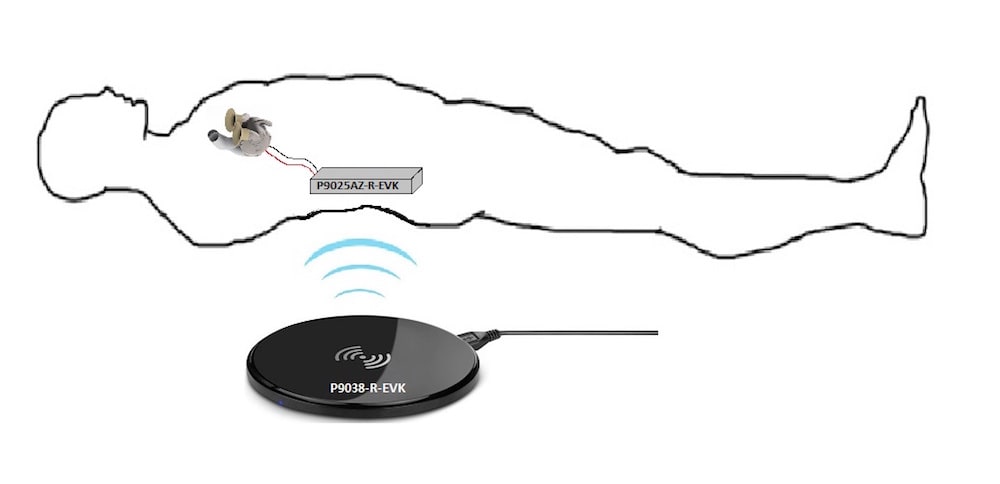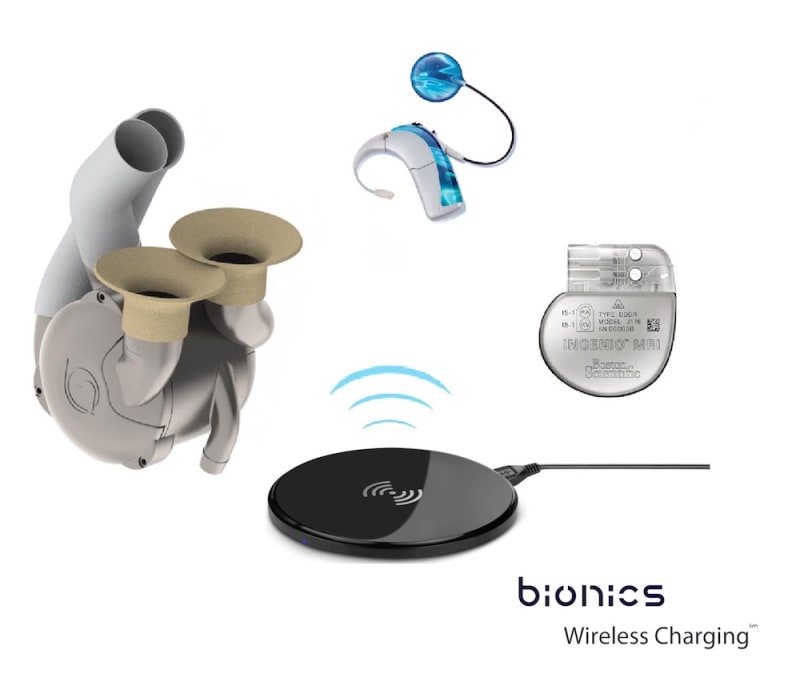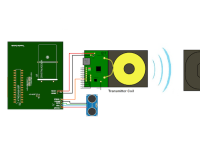ABSTRACT
Life of an electronic device depends on its battery life. Wireless charging propels the limits of Bionic Electronics to be eternal.
INTRODUCTION
Bionic devices/organs has a limited lifetime where its battery needs to be replaced in order for it to function continually. The limited battery life causes the patient to be subjected to an operation every time the battery life comes to its end. This puts the patient in great danger and discomfort. To solve this problem, wireless charging becomes a very crucial asset. If wireless charging is integrated with bionic organs/devices, the only operation the patient would undergo is to only implant a bionic organ/device. In my opinion, I think that this could be a life saver for humans in the future of electronics to come.
Wireless charging provides is a huge leap forward for Bionic Organs, Bionic Limbs and Bionic Devices. A small, compact and programmable wireless charging platform is capable of monitoring the performance and precisely charging Bionics accurately.
Wireless charging eliminates the need for changing batteries for Bionic Devices implanted inside a human or an animal.
HOW IT WORKS
The device contains of two main parts:
* The Receiver Coil
* The Transmitter Coil
The Transmitter Coil is the external component which provides the charging, and the Receiver coil is implanted inside the human body underneath the skin to receive the wireless power delivered to it and to charge the implanted bionic device. Both the Receiver Coil and the Transmitter Coil are programmed to do their role individually.
At the Transmitter Coil, the transmitter is programmed to request a battery status from the Receiver coil implanted inside the human body. The Receiver Coil is responsible for updating a battery status on the implanted bionic device. Also, the Receiver coil will send an accurate safe run time for the implanted device before its next charging cycle and a report of the implanted devices maintenance status or functionality. The Transmitter coil will then decide when the next charging cycle will be scheduled to or whether any maintenance to the bionic device or organ implanted is necessary.
CONCLUSION
A programmable wireless charging platform will steer the bionics industry beyond the worry to create implanted bionic devices with long battery life and monitoring systems. By a programmable wireless power transmitter device, it eliminates the design constrains of both the need for longer battery life and a complicated monitoring system for the implanted device.
The platform can be expanded to implanting medical screening devices into a person to detect and prevent a person from infections, illnesses, diseases and fatal conditions. Wireless charging platform for Bionics Limbs, Bionic Organs and Bionic Devices this platform is a lifesaver and a boost to the Bionics Medical Industry.
Like this entry?
-
About the Entrant
- Name:Lilanka Kushan Udawatta
- Type of entry:individual
- Patent status:none








